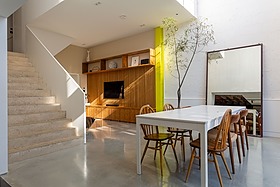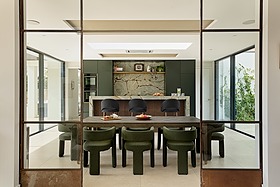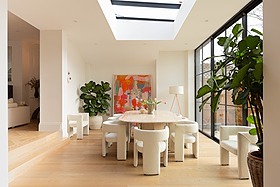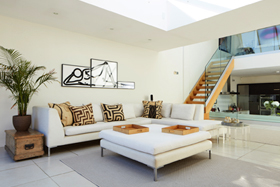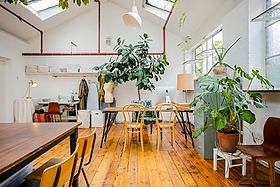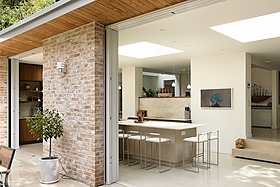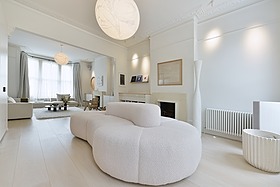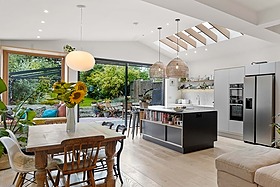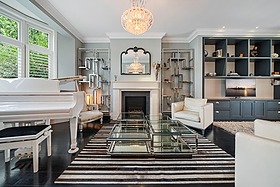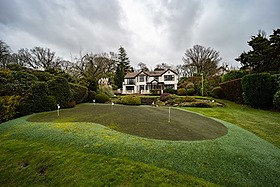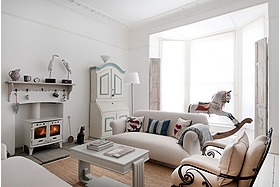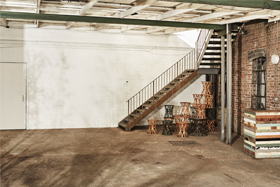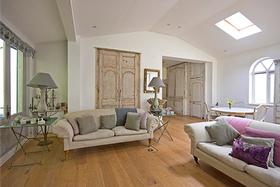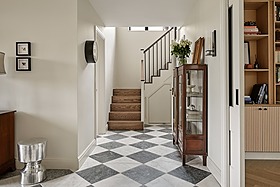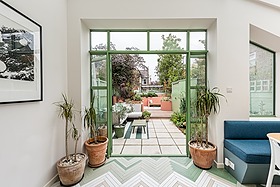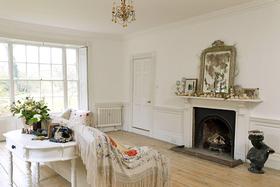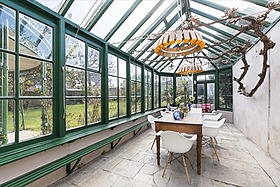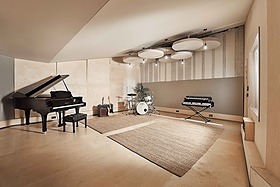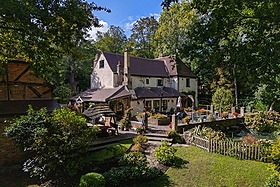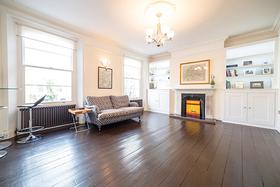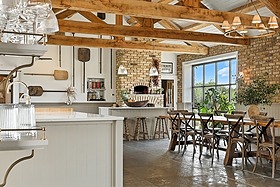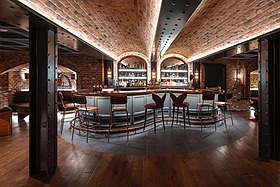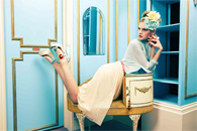Say Cheese!
What makes the ultimate London locations for photoshoots?
We’re glad you asked, because creating the perfect photo shoot location is actually a little bit trickier than you might expect. However, if we were to pinpoint the key features of some of our most popular houses for photoshoots, they would certainly boast plenty of natural lighting, spacious rooms with high ceilings, large kitchens, plenty of space for crews to easily set up shots, helpful owners who are great to work with and be easily accessible for public transport and parking. Phew, not much then?
Aside form these things, versatility can often play a part too, with photshoot houses that have a variety of differing styles throughout their various rooms allowing clients to get different style settings for their shots, although photoshoot houses that showcase a distinct theme and do it very well can also be very popular too.
Of course, the best photoshoot locations in London are in the eye of the beholder. By beholder, we’re referring to our lovely clients, who may have specific requirements for their photo shoot location, depending on their creative brief.
What kind of clients come to the 1st Option for their photoshoot agency locations?
We’re pretty proud of the large and varied list of clients that have chosen 1st Option to assist them in their search to find a location for their photo shoot. From newspapers, magazines, catalogues, brands, and PR and Ad companies, we’ve lent a helping hand to everyone who’s anyone within the industry.
Designer Stella McCartney recently chose one of our fashion photo shoot locations in London for her range with Matches Fashion. Other name drops include the likes of Net-a-porter, who fell in love with our stunning shoot location, Curious, and iconic fashion publication Vogue, who used the magnificent location Swan Court for their previous winter edition.
If you'd like to take a peek at our very extensive (and impressive) list of clients, click here.
What types of London locations for photoshoots do we offer?
Another good question, and luckily for you we have another good answer! We offer location photography locations in every form, style and size. From snug coastal beach huts to ginormous country estates complete with their own lake, stables and out buildings to everything in between. From the weird to the wonderful, we have it. Need a gothic asylum? We’ve got one. Looking for an ultra slick city apartment? Got lots of those too. Or are you on the hunt for a beachside mansion? You guessed it; we can certainly help with that too. We also have a great selection of industrial shoot locations, warehouse shoot locations, bars, restaurants and heaps of classic Photographic Studios too.
Why should you choose 1st Option as your photoshoot agency to find your perfect London shoot locations?
We don’t want to brag, but having over 22 years in the industry kind of makes us experts in knowing exactly what makes a perfect photo shoot location for our clients. Over those 22 years we’ve also mastered how to match our clients briefs to a location exactly, regardless of how unique and unusual your requirements might be. Our super friendly photo shoot location agents are dedicated to ensuring you come away more than satisfied with the service and location house we’ve provided for your photo shoot. We’d love to help you find the perfect location for your next photographic shoot, whether you’re an editorial client, production company, PR agency, brand, stylist or photographer, we can cater to all types of photo shoots.
What sets us apart from other photoshoot location agencies?
Although we’d love to be the one and only photo shoot location agency in London, we aren’t. But what we definitely are is the agency that’ll deliver the most efficient and outstanding customer service within the industry, because our clients are at the heart of everything we do. We believe customer service comes above everything else and we always go the extra mile to ensure that your experience of using a photoshoot agency will be the best it can possibly be. We're always available on the phone and for out-of-office hours emergencies you'll always be able to contact one of us to help you.
Finding your dream photoshoot location in London
The thought of searching through hundreds of properties might seem a little daunting, but hunting for your perfect location for a photo shoot has never been easier. Our super smart tech guys have created easy-to-use comprehensive search filters that you’ll be able to find at the top of this page. It’ll help you tailor your search so you only view properties that fit your brief. We told you they were smart, eh?
If you can’t find what you’re looking for on our site, just get in touch; we have a whole other extensive range of offline locations we can search through to find your ideal shoot location.
Houses for photoshoots in London and beyond
If you’d like to venture outside of the City, we have an extensive range of photo shoot locations available to hire around the UK and throughout Europe. Although most clients are generally based in and around London, we understand that many more have chosen to base themselves in other areas of the UK, such as Manchester and Birmingham. We have a good offering of photoshoot locations in these and many other areas too, so if that's what you're looking for then just get in touch!
We're always happy to speak with our clients, just call us on 0207 284 2345 any time between 8.45am and 6pm, Monday to Friday.



